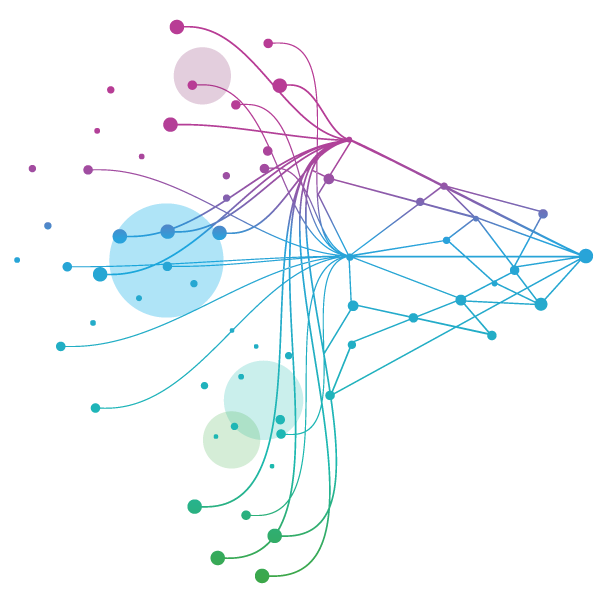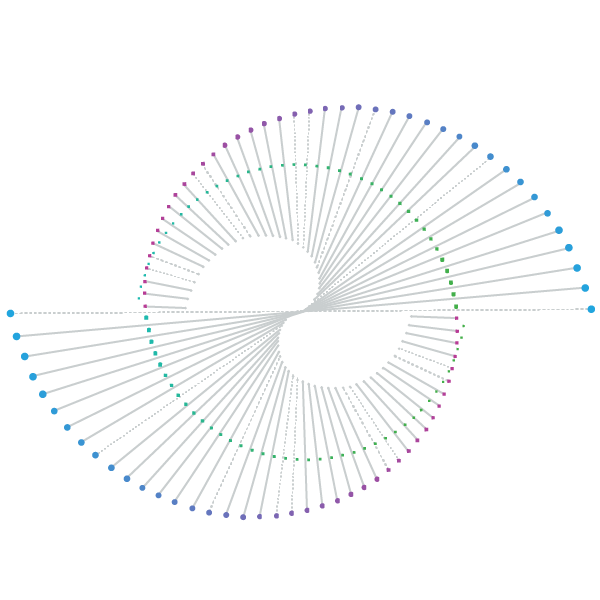Your EU HTA resource hub
As we approach the expansion of the EU Health Technology Assessment Regulation (HTAR) to orphan medicines in 2028, HTDs must start considering how they adapt their organizations and ways of working to account for the new mandatory joint clinical assessment (JCA) procedure, and consider the opportunity posed by the joint scientific consultation (JSC) procedure.
While many elements of the legislation were clarified when EU HTAR was launched for oncology medicines and advanced therapeutic medicinal products (ATMPs), some questions are still unanswered. How will products with no clear comparator be scoped? How will methodological guidelines consider trials not typically found in other product classes (e.g., single arm trials, natural history studies)? It is hoped that the ongoing JCAs of three oncology products, which are also orphan medicines, will provide some clarity but it is very likely that uncertainties will remain. Providing answers to such uncertainties is made more urgent by the longer and more complex evidence planning for orphan medicines, requiring even greater preparedness to ensure any evidence requirements are addressed in time for the new JCA process.
In preparation for the oncology and ATMP rollout, IQVIA has worked with small-to-large pharma and emerging biopharma clients across over 100 EU HTAR-related projects since 2022, providing end-to-end solutions ranging from advisory to evidence strategy, evidence generation and JCA dossier development. From this experience, three key considerations have emerged for orphan HTDs to pay close attention to:
- There is no “too early to start” – Introduction of the JSC and JCA procedures to launch planning is highly disruptive and requires HEOR, regulatory, market access, commercial and many other functions to adapt their methods of working and collaborate in ways previously never required. Such adaptation takes time to assess, formulate, execute and socialize across companies and once the process starts, there is minimal time to iron-out any final details. While 2028 may seem in the distant future, the time to start preparations is now – in fact, in an earliest filing scenario of January 2028, preparations relating to asset & portfolio impact assessment and ways of working changes should have already begun in Q3/4 2025
- Simulate, simulate, simulate – The evidence scope definition is complex and can lead to a high volume of PICOs, requiring many indirect treatment comparisons (ITCs) with subgroups across all relevant populations. With the additional complexity added for orphan medicines and uncertain comparator choice, one of the safest approaches to ensure strong evidence planning is through robust, and repeated PICO simulations from prior to registrational trial lock through to EMA filing. While this blog doesn’t go into existing evidence planning and generation activities in detail, integration of new EU HTAR activities into existing ways of working should consider elements such as:
- Length of time for set-up and execution of comparative evidence generation via an external control study, with PICO simulation timings and JCA strategy setting accounting for these longer timelines
- Earlier and higher priority engagement with clinical, patient and HTA experts to understand relevant comparators across European markets
- Greater focus on leveraging the opportunity provided by JSC to provide clarity on evidence requirements and preferred format
- Understand the external environment – Understanding the optimal approach for your company to JCA and JSC, alongside key stakeholder perspectives, will be vital for efficient and effective preparations. Conducting industry monitoring (e.g., first JCA procedures in orphan oncology products) and stakeholder engagement activities 2-3 years from launch up until EMA filing will support in understanding the requirements and defining ways of working well in advance of EMA filing
Given the impact EU HTAR will have on orphan medicine EU launch, understanding what activities to execute and when can be a difficult task. To support your planning and decision-making, IQVIA has consolidated its experience across all prior EU HTAR projects into one simple tool below. Simply select the expected EMA filing date for your first asset (approximated to January 2028, June 2028, January 2029 and June 2029), to see a full timeline of activities recommended to prepare for JCA and JSC, covering organizational readiness, evidence planning and execution, JCA and JSC execution and industry benchmarking for internal training and external stakeholder engagement.
For any further discussion on your situation and preparedness needs, please contact EUHTASolutions@IQVIA.com, or visit our website here.
Related solutions
Access clearer, more compelling support to demonstrate the value of your product.
IQVIA is using vast quantities of data in powerful new ways. See how we can help you tap into information from past trials, patient reported outcomes and other sources to accelerate your research.





















